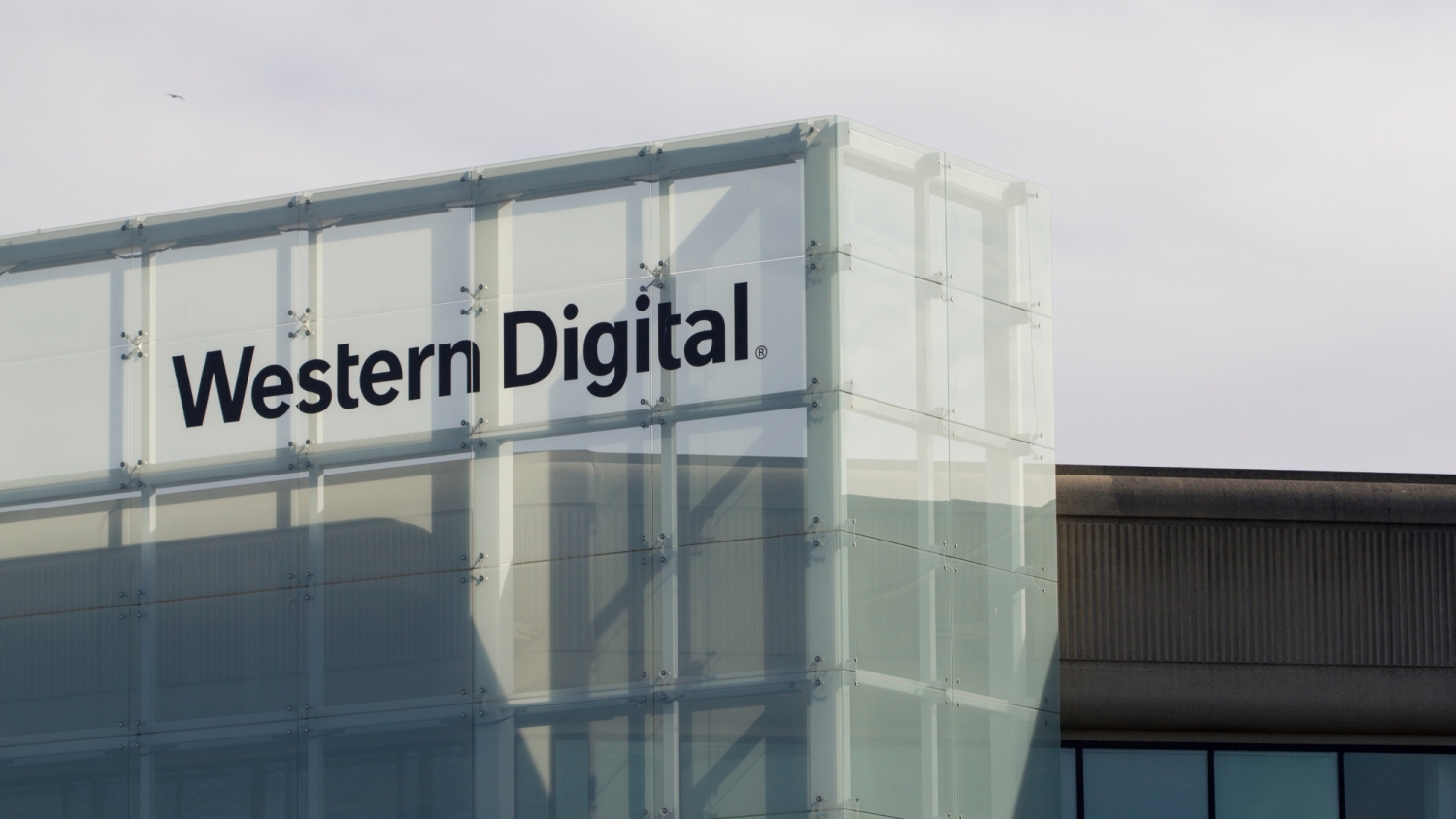Guest Post: Next Generation Tech to Boost Supply Chain Efficiency
This guest post was authored by Mark Hill. Mark is the Chief Information Officer at Washington Frank, and has 25 years of experience in delivering complex mission-critical technology across both the capital markets and broader financial services sectors.
Today’s supply chains are under enormous pressure. Increasing customer expectations mean businesses and logistics teams are striving to keep pace. A recent report found that snowballing customer demands on the supply chain are currently the toughest test facing the sector, with almost three quarters of manufacturing and supply chain leaders citing this as their biggest operational challenge.
Luckily, as technology in the industry continues to advance, supply chain managers are being exposed to new strategies to boost efficiency and drive results—arguably the most powerful being the rise of Big Data.
Data is a wildly valuable commodity that organizations are fighting to obtain and protect. Businesses are fast realizing how important data is to optimizing their business, and are clamouring to harness the power of the gigantic swathes of information produced by their tools, staff, partners, and customers every second.
For supply chain managers, better data collection and management can improve traceability, create more accurate forecasts, and help build stronger relationships. For businesses to be able to draw impactful insights from their data, they first need to effectively collect and decipher it. Capturing data and turning it into practical, actionable strategies means implementing the kind of next generation technology we’re beginning to see impacting the supply chain industry.
Though use of cloud computing and storage is fairly high, other developments, such as artificial intelligence, are lagging behind in terms of adoption by the sector. Even if you don’t expect to see driverless vehicles and extensive use of robotics in your chain just yet, Industry 4.0 is here—there are plenty of ways you can you use data-powered technology today to boost your supply chain efficiency.
Predictive analytics
Every shred of business data, no matter where in the chain it’s generated, can be added to a company’s collective data pool. The bigger a pool, the more precise, practical forecasts a company can make with advanced analytics.
Advanced analytics help companies proactively capitalise on future opportunities and manage risk.
Being prepared is critical to effective supply chain management—knowledge is power. Smart business intelligence platforms are increasingly able to produce accurate, constructive predictions to help manage inventory, offset disruption, and plan for “what if” situations. By examining data generated by past events, leaders can be pre-emptive and take a strategic approach, instead of reacting to events as they happen.
Take service models. Running a reactive service model and waiting for things to break can have a big impact on your productivity, bringing workflows in your chain grinding to a halt and denting customer satisfaction.
Predictive analytics can be hugely useful when it comes to improving service models. Combined with IoT technology, businesses can monitor equipment and get ahead of service requirements before they become a problem. With these insights, companies can make sure they have the parts and the resource to deal with it ahead of time, without the need to stockpile inventory.
Artificial intelligence
With disruptive supply chain technologies like AI, supply chain managers will eventually be able to enhance, and even automate, their decision-making processes. Today, AI is still a step or two away from that, but if they’re fed the right data, machine learning platforms can be a massive boon for supply chain productivity.
UPS, for example, uses an AI-fueled GPS system to generate the fastest delivery routes available in real-time. The company developed the system, known as ORION, to calculate the most efficient routes for its drivers, whose typical days includes around 100 stops—massively important for cutting fuel consumption and shipping times.
ORION’s algorithms use shipping data to work out the best course, analyzing more than 200,000 routing options for every single driver. Since the system’s inception in 2012, the use of machine learning in its path planning has helped UPS cut around six to eight miles from their drivers’ every route—that’s a colossal saving, given that every single mile dropped saves the business roughly $50 million per year in resources.
But UPS isn’t resting on its laurels; later this year, it plans to roll out an updated version of ORION infused with more powerful machine learning technology, that will be able to recalculate routes to account for changes in traffic conditions and even weather.
Blockchain
Not just a tool for use with cryptocurrency, blockchain boasts huge potential to be a revolutionary technology for supply chains, bringing with it the ability to optimize things like ledger records, smart contracts, and security tools.
Those willing to take a chance on blockchain could see improvements to the integrity of their chain, and cut costs associated with the repeated verifications required throughout the shipment of goods.
With blockchain, all transfers are irreversibly chronicled. The integrity the platform offers makes it not only a great tool for financial reporting, but also inventory tracking, providing a record of tamper-proof data on shipping dates and time, inventory value, and customer data.
The technology is already being utilized by diamond enterprise De Beers to help fight unethical sourcing. In 2017, the company began developing Tracr, a diamond tracking platform which aims to provide accurate, unalterable, and transparent tracking services across the diamond industry.
Using blockchain’s impenetrable—and very visible—digital record of transactions to track the lifecycle of each mineral, De Beers aspires to oust immoral mining practices by trading only with suppliers willing to log their actions on blockchain’s public domain.
Using blockchain technology, Tracr assigns every diamond a unique ID the moment it’s mined, which is then logged on a blockchain and visible to all Tracr users throughout the stone’s journey to its eventual customer. After a successful trial last year, De Beers has now opened up the platform to other firms in the hope that this data-powered digital register will be the revolution the industry needs to quash the trading of conflict minerals.
- Categories:


